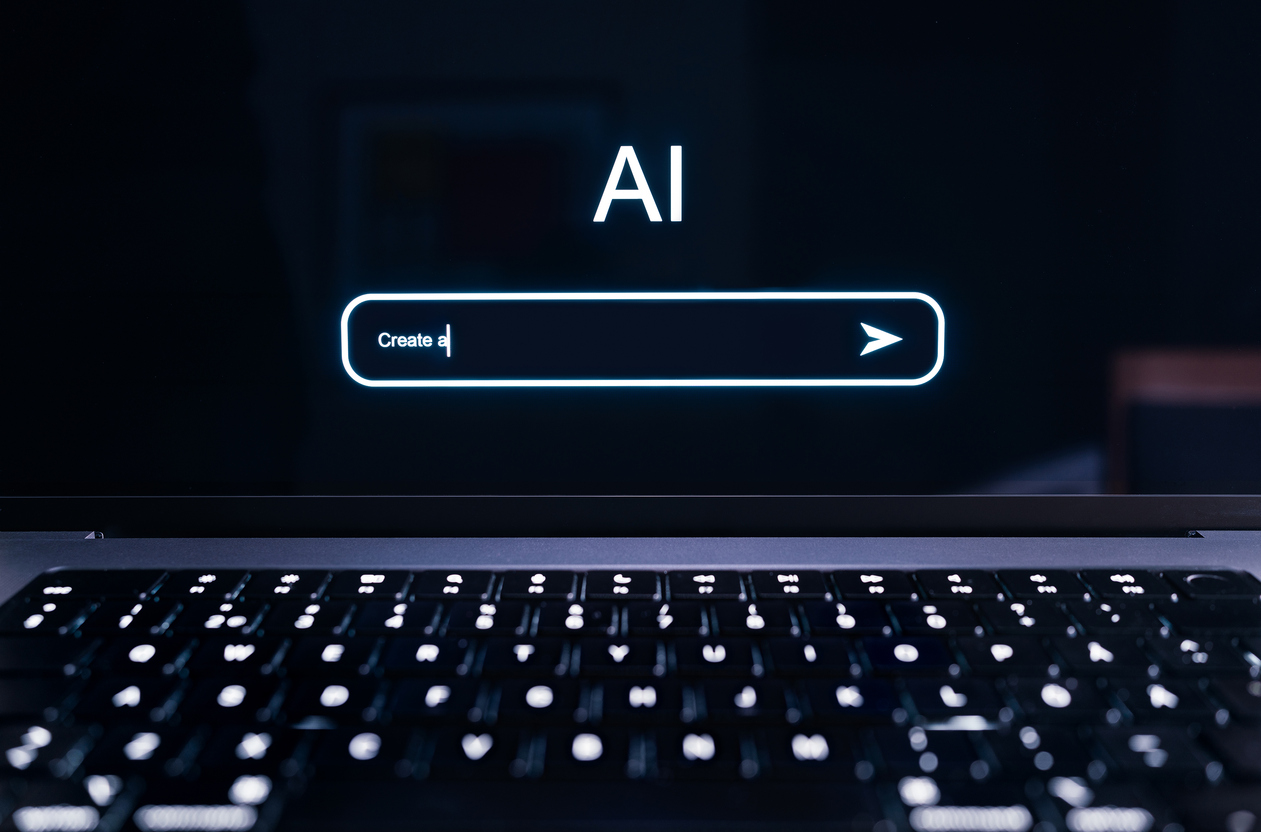Artificial intelligence (AI) image generation, also known as generative AI, had its moment in 2024. It wasn't always for the right reasons, but there's no denying that generative AI is the future of AI. Even this year, recently, OpenAI put out a statement asking people to stop using the platform to generate Studio Ghibli-style images and asking ChatGPT to generate an image of what their children would look like.
However, using AI image generation goes beyond asking it to generate hypothetical and anime images. AI image generation is changing the future of business branding. A recent Mckinsey & Company report highlighted how 78% of businesses use AI for at least one business process, and we predict branding through generative AI will be the next big thing. Read on to find out more.
What's AI Image Generation?
AI image generation is what it sounds like: using artificial intelligence platforms like ChatGPT to generate images. The language learning models use something called a neural network, mathematical analysis, Big Data, and advanced statistical analysis to identify and replicate patterns in photos.
So, for example, when we mentioned people were using ChatGPT to reveal what their future children might look like, people were feeding the platform a picture of themselves and their partner and asking the system to generate an image of their future children at a specific age. The platform would then use said mathematical analysis to replicate the photo with the prediction of what the children would look like.
These AI generators are trained using mass amounts of data to produce accuracy that only seems to be increasing by the day. It's incredible what they can do, and we haven't even moved onto the business side of things yet. It's not only random images the public is asking it to produce. It can be text, images, videos, computer code, and audio content.
Using AI Image Generation For The Future of Business Branding
This is where it gets interesting. We've noticed a trend of businesses using AI image generation to support, and sometimes even model, their business branding.
One of the main areas this is thriving is with logo generation. There are specific tools called 'AI logo generators', and in mid-2024, HubSpot reviewed six of the top ones. They highlighted how the best AI logo generators had the following features:
- User-friendly
- Precise and accurate
- Plenty of customisation options
- High-quality vector files
High-quality image generators do include these features, like the AI image generator from Depositphotos.
But it's more than creating a logo, generative AI can do so much more for branding. For example, one avenue that's spoken about often is generative AI for product images. These AI images are so much more common than you think. They take a product image provided by a company and put it in multiple settings for a more realistic representation of the product. The customers love it, but we will say it's easy to tell when a product image is AI-generated, and some customers might not like the lack of authenticity and not seeing the original images.
Other ways you can use generative AI for business branding include:
- Content creation and optimisation
- Building a consistent brand voice and identity
- Product design and development
- Enhanced customer experiences
Effective Business Branding in 2025
Effective business branding is constantly changing, and 2025 is no different. There are new trends and consumer expectations driving the evolution of successful branding. And there's definitely a difference between effective and ineffective business branding.
Here's what effective business branding looks like in 2025:
- Data-driven personalisation
- Purpose-driven branding
- Improve omnichannel experiences
- AI-drive hyper-personalisation
- Authentic and human-centric experiences
- Immersive experiences
Immersive experiences are actually where we expect generative AI to thrive. They can create realistic, personalised, and immersive experiences that almost take the customer through a life-like experience with the brand.
The Risks of Generative AI
Generative AI sounds exciting, but the reality is more complex than a slick logo or lifelike mockup. The risks are evolving.
One of the biggest concerns is data integrity. These platforms are trained on millions of images pulled from the internet, sometimes including copyrighted material. That means your AI-generated content could contain elements that legally belong to someone else, even if you didn't ask for it.
Then there's the problem of bias. If you train an AI on data that's flawed or lacking in diversity, it will spit out biased results. That's a branding disaster waiting to happen. One wrong image can spark backlash faster than you can issue an apology.
And let's not forget about deep fakes. They've definitely also had their moment. Generative AI can be used to fabricate people, products, or even events. This makes it harder for consumers to trust what they see, and trust is everything in branding.
AI image generation isn't a threat. It's a tool. It can elevate branding in ways we never thought possible. It can save time, streamline design, and create endless variations of creative assets. But if you're not using it mindfully, you're missing the point.













